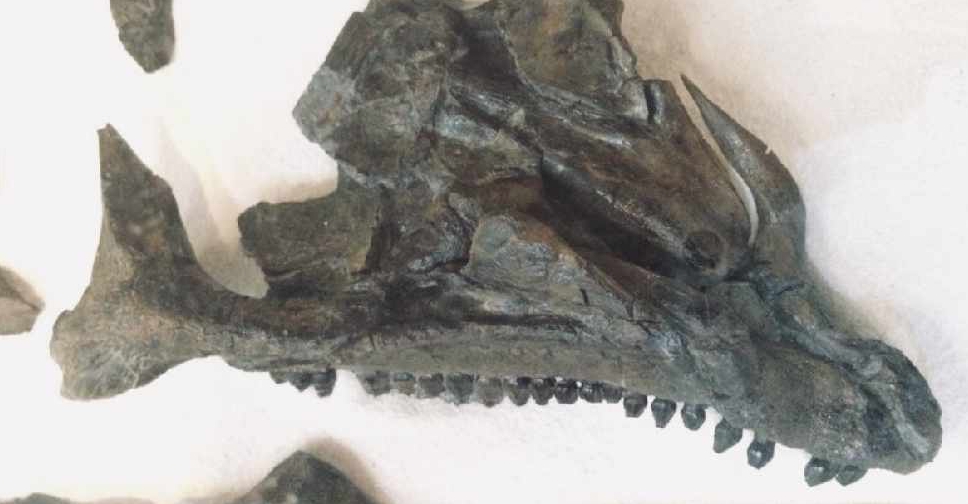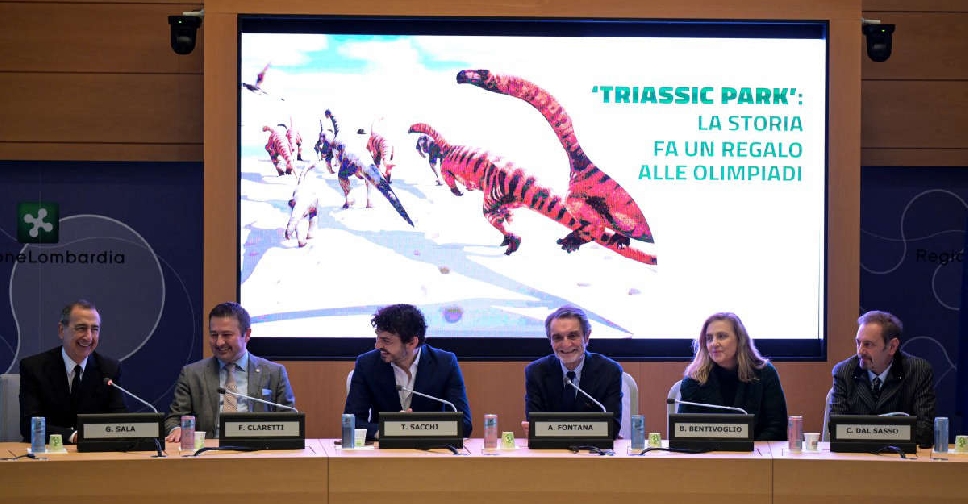
When the bones of the early armoured dinosaur Scelidosaurus were unearthed in 1858 in west Dorset, England, they comprised the first complete dinosaur skeleton ever identified.
But aside from cursory papers by pioneering British palaeontologist Richard Owen in 1861 and 1863 that incompletely described its anatomy, Scelidosaurus was long neglected despite the landmark nature of its discovery.
That has now changed, with the first thorough evaluation of its fossils finally giving Scelidosaurus its due - showing that it had a unique anatomy and determining its place on the dinosaur family tree.
University of Cambridge palaeontologist David Norman said Scelidosaurus, which lived about 193 million years ago, was an early member of the evolutionary lineage that led to the dinosaur group called ankylosaurs. Ankylosaurs were so heavily armoured - some even wielding a bony club at the end of their tails - that they are dubbed the tank dinosaurs.
There has been a long-running debate over whether Scelidosaurus was ancestral to another group called stegosaurs, known for the bony plates on their back.
Scelidosaurus was a 13-foot-long (4-meters-long), four-legged plant-eater covered in spiky, bony armour. Its face was plastered in horny scutes, a bit like the face of a marine turtle. It was a moderately agile animal with defensive spines to deter predators.
"It has a lot of fascinating anatomy," Norman said.
Scelidosaurus is among the earliest-known members of an even-larger dinosaur grouping called ornithischians and provides new insights into this group's origins.
This individual was probably the victim of a flash flood and drowned in the sea, with its body becoming buried in sediment.
"This animal was discovered at a crucial time in the history of dinosaur research. It was given to the man (Owen) who invented the name 'dinosaur' in 1842 and gave him a chance to at last demonstrate what dinosaurs really looked like.
Up until that moment dinosaurs had only been known from scraps of bone and some teeth," said Norman, whose fourth research paper describing Scelidosaurus was published this month in the Zoological Journal of the Linnean Society of London.
"Curiously Owen did not describe it adequately and it has lain in the collection of the Natural History Museum in London - researchers knew of it by name but it was not at all well understood," Norman added.


 Thousands of dinosaur footprints found near Winter Olympics site
Thousands of dinosaur footprints found near Winter Olympics site
 Japan's last two giant pandas are headed to China and fans just can't bear it
Japan's last two giant pandas are headed to China and fans just can't bear it
 Huge undersea wall dating from 5000 BC found in France
Huge undersea wall dating from 5000 BC found in France
 Koshary, a spicy Egyptian staple, wins UNESCO recognition
Koshary, a spicy Egyptian staple, wins UNESCO recognition
 Boosted by Dubai chocolate craze, Argentina bets on pistachios
Boosted by Dubai chocolate craze, Argentina bets on pistachios




